Champagne Valentin Leflaive embodies the alliance between Burgundian heritage and Champagne excellence. Thanks to a...
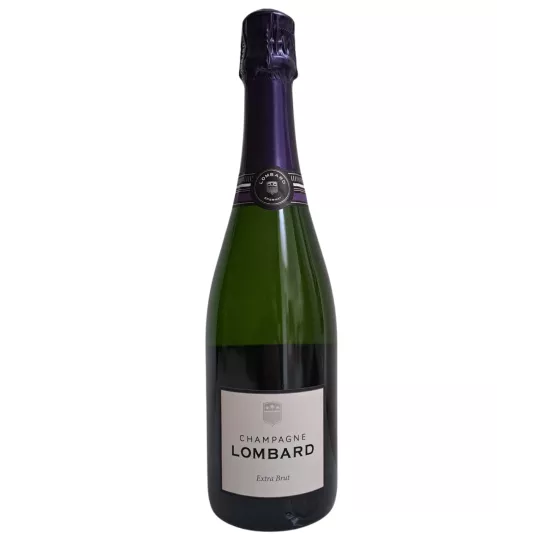
Free delivery for purchases over € 210 in the E.U.
Club We Love Bubbles: Collect points with every purchase
| ❤️ CLUB We Love Bubbles: 100 € spent = 20 loyalty points |
| ❤️ CLUB We Love Bubbles: €100 spent = 20 loyalty points |
| ❤️ CLUB We Love Bubbles: €100 spent = 20 loyalty points |

Champagne Valentin Leflaive embodies the alliance between Burgundian heritage and Champagne excellence. Thanks to a...
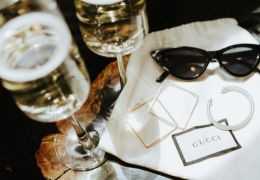
Champagne Petit et Bajan, founded in 2008 by Richard Petit and Véronique Bajan, embodies the alliance of two...
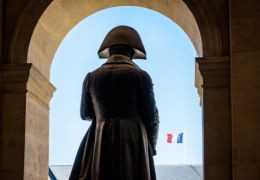
Champagne Napoléon, founded in 1825, embodies the perfect blend of family tradition and imperial prestige. Crafted...

Champagne Lebeau-Batiste, a family-owned winery in Chavot-Courcourt, embodies the combination of artisanal tradition...
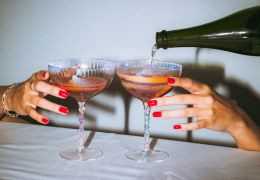
Champagne Telmont, founded in 1912 in Damery, embodies the perfect blend of family heritage and innovation. Its...
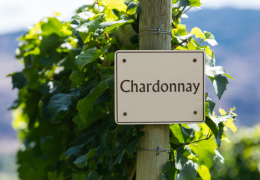

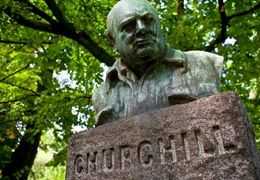

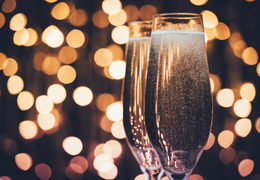






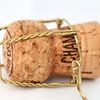

Champagne is a luxurious drink that has been enjoyed for centuries. It was invented in the Middle Ages and has since evolved into a globally recognized symbol of celebration and luxury. In this article, we will explore the history of champagne from its beginnings in the Middle Ages to its current role as a festive and prestigious drink around the world.
The history of champagne dates back to the early 14th century, when Dom Pérignon, an abbot of the Abbey of Hautvillers in the Champagne region of France, discovered how to make sparkling wine using bottle fermentation. For centuries, winemakers have tried to find a way to make their wines sparkling, but it wasn't until Dom Pérignon perfected his method that champagne became possible. His invention revolutionized wine making and allowed people around the world to enjoy the delicious taste of champagne.
During the 18th century, champagne became increasingly popular in Europe and beyond. Royalty and the upper classes began to enjoy it at their banquets and parties. In France, many aristocrats created grandiose chateaux just to produce champagne, and some spent years perfecting the taste and quality of champagne.
After the discovery of Dom Pérignon, the production of champagne spread throughout France and began to be exported to England around 1660. From there, champagne quickly gained popularity throughout Europe and beyond. beyond, the rich aristocrats seeking this new exotic pleasure. However, it wasn't until 1811, when a new technique was developed to allow producers to produce higher quality champagnes with more consistent taste profiles, that champagne's popularity really took off. This new method allowed producers to craft their champagnes with more precision than ever before and resulted in higher quality products than ever before.
With the increase in champagne production comes an increase in its popularity. In the middle of the 19th century, champagne became a symbol of luxury and celebration all over the world. It is found not only in royal banquets, but also in everyday life. For example, it was served to passengers on ships and railway carriages, making it more accessible to the general public.
Today, champagne is still associated with luxury and celebration. It is often served at weddings, birthdays, holiday parties and other special occasions.
As the demand for champagne grew around the world, producers scrambled to protect the reputation and identity of true French champagne from imitators who produced inferior products under the same name. This led to the passage of laws in France which established strict rules on what could be labeled "champagne" - namely that it had to come from grapes grown in certain regions of France and adhere to specific production methods defined by the law. These laws helped to ensure that only high-quality champagnes could be labeled as such and protected French producers from unfair competition abroad.
Even today, champagne is considered a symbol of celebration and luxury. It is enjoyed on special occasions around the world and remains the favorite drink of many. Although it has evolved over time, it remains one of the most popular wines in the world, which speaks to its timeless appeal. Whether enjoyed at a royal banquet or a garden barbecue, champagne has become an integral part of celebrating life's special moments.
It also serves as a reminder that the work of Dom Pérignon and other winegrowers is still appreciated throughout the world centuries later.
The history of champagne is punctuated with innovation, adversity and success. From its humble beginnings in medieval monasteries to its development into one of the world's most beloved drinks, champagne has come a long way over hundreds of years - and arguably still has many chapters. exciting in front of him! The next time you pick up a bottle of champagne, remember all those who helped create it, from Dom Pérignon himself centuries ago to today's winemakers who push the boundaries every day. ! Cheers !

 A Story Of Friendship: Champagne Pol Roger and Sir Winston Churchill
A Story Of Friendship: Champagne Pol Roger and Sir Winston Churchill Champagne-based cocktails
Champagne-based cocktails Champagne rosé
Champagne rosé Serve a good champagne
Serve a good champagne Where to buy Deutz champagne ?
Where to buy Deutz champagne ?Follow us